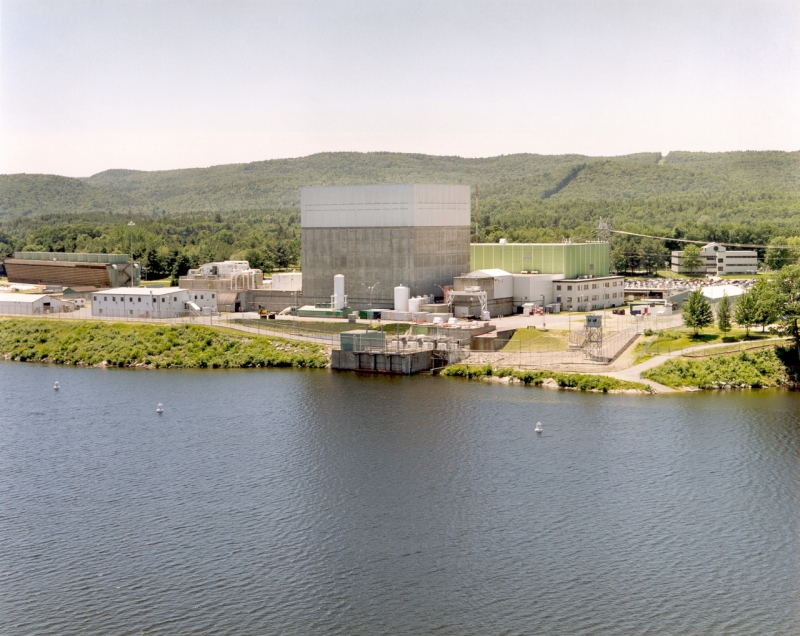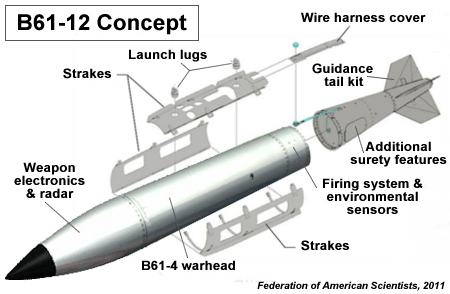Most of my blogs have dealt with nuclear power, nuclear weapons and radioactive waste. I have blogged a few times about radioactive isotopes which have uses in medicine and industry. Recently I wrote a post that dealt with problems with the supply of molybdenum-99. This important isotope which is used in medical imaging has been supplied by a small number of reactors including the High-Flux Reactor (HFR) at Petten in the Netherlands, BR2 in Belgium, Osiris in France, Safari in South Africa and the National Research Universal (NRU) reactor in Canada. These reactors are aging and some have been shut down for operational problems, refurbishing or because they can no longer operate safely. This has raised concerns over the world supply of Mo-99.
Mo-99 has a half-life of sixty six hours. It decays to technetium-99 quickly. The Te-99 which results from the Mo-99 decay is injected into patients for the imaging techniques used to diagnose cancer, heart disease and other health problems. The Te-99 has a short half-life of six hours so patients have limited exposure to radiation during their procedures.
Eleven countries who are members of the Organization for Economic Cooperation and Development (OECD) recently signed a joint declaration stating that there may be major disruptions in the Mo-99 supply chain. The declaration said that new infrastructure must be put into place to replace the current reactors which produce Mo-99. The members of the OECD who signed the declaration include Australia, Canada, Germany, Japan, the Netherlands, Poland, South Korea, Russia, Spain, the UK and the US. The OECD Nuclear Energy Agency (NEA) stated that the declaration made it clear to companies in the Mo-99 supply chain that the OECD members who signed the declaration have “the resolute intention to take coordinated action to ensure the long-term security of supply of Mo-99.”
OECD member countries requested that the NEA work on ensuring a steady supply of Mo-99. The NEA and its High Level Group on the Security of Supply of Medical Radioisotopes have been studying the causes of Mo-99 supply shortages since 2009. They concluded that “Unfortunately, supply reliability has declined over the past decade due to unexpected or extended shutdowns at a few of the ageing, Mo-99-producing research reactors and processing facilities. These shutdowns have created conditions for global supply shortages.”
One of the issues that has been studied by the NEA is the fact that government involvement in the production of Mo-99 has resulted in a failure to recover that entire cost of Mo-99 production. Governments have been reducing their support for the production of Mo-99 but there is still work to be done in covering the cost of Mo-99 production. The NEA is concerned that government involvement in and subsidizing of Mo-99 production could distort the commercial market in Mo-99.
It is important that the Mo-99 supply chain from reactor to hospital be placed on a firm economic foundation in order to insure that sufficient Mo-99 always be available for global healthcare needs.






